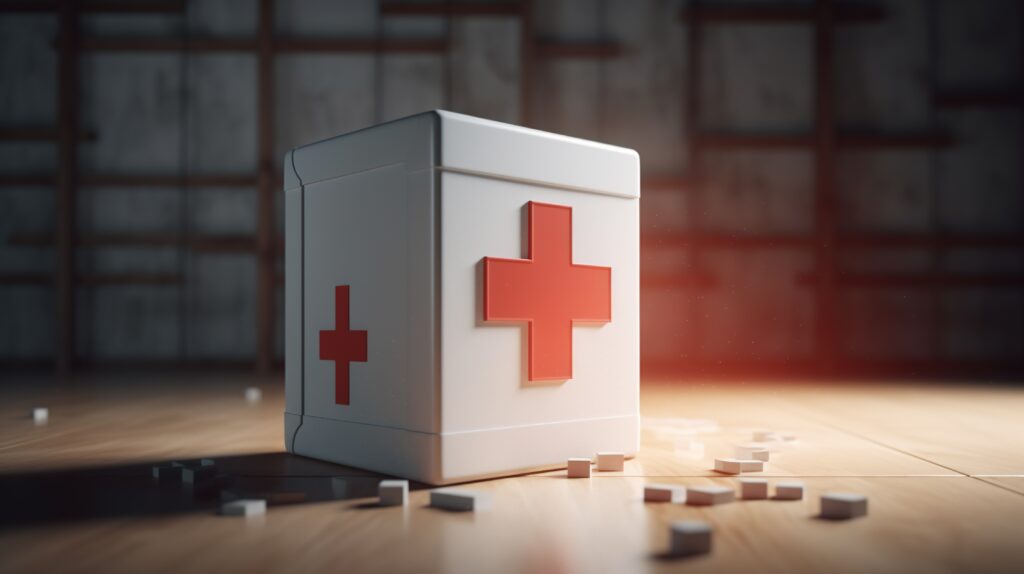
First aid is the immediate care given to a person who is injured or suddenly becomes ill. It usually involves simple, yet potentially life-saving techniques that anyone can be trained to perform with minimal equipment.
The main goal of first aid is to preserve life, prevent the condition from worsening, and promote recovery. So, in other words, first aid is about doing what you can to help someone in an emergency until medical help arrives.
The American Red Cross estimates that each year, approximately 10,000 lives are saved by first aid in the United States alone. In addition, more than 5 million people receive first aid training from the American Red Cross each year. It’s clear that first aid is an important part of our society, and that training in first aid can really make a difference.
There are four basic principles of first aid: the “ABCs” of first aid. These stand for:
- Airway: Ensuring that the person’s airway is clear and they can breathe normally.
- Breathing: Making sure the person is breathing normally.
- Circulation: Checking for signs of circulation, like a pulse.- Disability:
- Evaluating the person for signs of a disability, like a head injury.These four steps are the foundation of first aid, and they should be followed in order.
First Aid Kits and What to have inside
A first aid kit is a collection of supplies and equipment that is used to administer first aid.
There are two types of first aid kits: home first aid kits and travel first aid kits.
Home first aid kits are designed to be kept in your home, and they typically have a wider range of supplies, like cold packs, ice packs, and larger bandages.
Travel first aid kits are smaller and more compact, and they’re designed to be taken with you when you’re on the go.
They usually include just the essentials, like bandages, antiseptic wipes, and tweezers.
It typically includes items like:
- Bandages and dressings
- Antiseptic wipes
- Gloves- Scissors- Tweezers
- A CPR mask
- A first aid manual
- And other items, like a flashlight and a whistleFirst aid kits come in all shapes and sizes, and they can be customized to fit the needs of the person using them. For example, a first aid kit for a hiker might include items like insect repellent and a snake bite kit.
Importance of keeping First Aid Kits
The first and most important reason to have a first aid kit is because it can help save a life. In an emergency, knowing how to perform first aid can mean the difference between life and death. For example, knowing how to control bleeding can prevent someone from bleeding to death.
knowing how to perform CPR can help keep someone alive until medical help arrives. Knowing how to use a first aid kit can really make a difference.
There are several important reasons why it’s a good idea to have a first aid kit.
- Having a first aid kit on hand can help you to provide immediate care for an injury or illness, which can prevent it from getting worse.
- First aid kits can give you peace of mind, knowing that you’re prepared to handle an emergency if it arises.
- First aid kits can be a valuable resource for others in your community, like your friends, family, and neighbors.
- It can help you to stay calm in an emergency situation. Knowing that you have the supplies you need to help yourself or someone else can help you to remain calm and focused.
- In an emergency, it’s crucial to keep a level head, and a first aid kit can help you do that. So it’s not just about the supplies – it’s also about the peace of mind that comes with having them.
Ranges of Injuries, Illness and their Treatment:
First aid can be used for a wide range of injuries and illnesses, including:
Minor cuts and scrapes
Cuts and scrapes are some of the most common injuries that require first aid. They can happen in a variety of ways, like when you’re cooking, cleaning, gardening, or playing sports.
To treat a cut or scrape, first clean the area with soap and water or an antiseptic wipe. Then, apply pressure to the wound with a clean cloth or bandage to stop the bleeding that won’t stop:
- Burns and scalds:
A burn is an injury to the skin caused by heat, like from fire, hot liquid, or steam. A scald is a type of burn caused by hot liquid or steam. Burns and scalds can be very painful, and they can range from mild to severe.
To treat a minor burn or scald, hold the burned area under cool running water for at least 10 minutes. Then, apply a sterile, non-adhesive bandage or dressing. For more serious burns, seek medical attention immededing. Finally, cover the wound with a sterile bandage or dressing.
- Nosebleeds:
Nosebleeds can be caused by a variety of things, like dry air, allergies, or a blow to the nose.
To treat a nosebleed, first sit down and lean forward slightly. Then, pinch the soft part of your nose for 10-15 minutes. You can also apply an ice pack to the back of your neck to help constrict the blood vessels. After 10-15 minutes, release the pressure and see if the bleeding has stopped.
- Head injuries:
Head injuries can range from mild to severe, and they can cause a variety of symptoms, like headaches, confusion, nausea, and dizziness.
If you think you have a head injury, seek medical attention right away. Do not try to move someone with a head injury unless they are in immediate danger.
- Fractures and dislocations:
A fracture is a break in a bone, and a dislocation is when a bone is out of its normal position in a joint. These injuries can be very painful and can require medical attention.
To treat a fracture, first apply a cold compress to the affected area to reduce swelling. Then, immobilize the area with a splint or sling. Do not try to straighten or move the injured area. For dislocations, try to gently move the dislocated joint back into position.
- Bites and stings:
Bites and Stings can be caused by a variety of things, like insects, spiders, snakes, and even other humans. Some bites and stings can be serious and require medical attention. For example, if you’re bitten by a rattlesnake, seek medical attention immediately.
For other types of bites and stings, you can follow these steps:- Clean the area with soap and water. Apply a cold compress to reduce swelling.- Elevate the affected area if possible.Take an antihistamine if you’re having an allergic reaction.
- Eye injuries:
Eye injuries can be caused by a variety of things, like chemicals, flying objects, or even contact lenses. Some common eye injuries include scratches, burns, and foreign objects in the eye.
If you have an eye injury, it’s important to seek medical attention as soon as possible. In the meantime, try not to rub the eye or apply pressure to it. You can also try to gently flush the eye with clean, cool water.
- Choking:
If someone is choking, they will not be able to speak or breathe properly. They may also be coughing, making a high-pitched noise, or clutching their neck.
If someone is choking, it’s important to call 911 right away. You can also perform the Heimlich maneuver on them if you’ve been trained to do so. Otherwise, you can try to help them cough up the object that’s blocking their airway.
The Heimlich Maneuver, First, ask the person if they’re choking
If they’re unable to speak, that’s a sign that they’re choking. If they are able to speak, ask them to cough. If they’re unable to cough up the object, you can perform the Heimlich maneuver. To do this, stand behind the person and wrap your arms around their waist.
Make a fist with one hand and place it just above their navel. With your other hand, grasp your fist and give a quick upward thrust into the person’s abdomen. You may need to repeat this several times.
- Drowning:
Drowning is a leading cause of accidental death, and it can happen in just a few minutes. If you see someone who is drowning, it’s important to call 911 immediately.
If the person is in shallow water, you can try to pull them out of the water and perform CPR. If the person is in deep water, you should call 911 and then attempt a rescue if it’s safe to do so.
- Shock:
Shock is a life-threatening condition that can occur when the body’s systems are not getting enough blood flow. There are different types of shock, including cardiogenic shock (caused by a problem with the heart), anaphylactic shock (caused by an allergic reaction), and septic shock (caused by an infection). Do you want to learn more about any specific type of shock?
The most important thing is to get the person to a hospital as soon as possible. While you’re waiting for help to arrive, you can do a few things to help. First, lay the person down and elevate their legs to help improve blood flow.
You can also cover them with a blanket to help keep them warm. Do not give them anything to eat or drink, as this could make the situation worse. Finally, monitor their breathing and pulse, and perform CPR if necessary.
- Poisoning:
Poisoning is a serious medical emergency that requires immediate treatment. There are many different types of poisoning, including food poisoning, carbon monoxide poisoning, and even poisoning by household products.
If you think someone has been poisoned, call 911 immediately. In the meantime, try to get as much information as possible about what the person has ingested, including the name of the substance and how much they’ve ingested. Stay calm and do not try to make the person vomit.
- Heat-related illnesses, like heat exhaustion and heatstroke:
There are two main types of heat-related illnesses: heat exhaustion and heat stroke. Heat exhaustion is caused by exposure to high temperatures and can cause symptoms like heavy sweating, dizziness, and nausea.
Heat stroke is a more serious condition that occurs when the body’s temperature control system fails. It can cause confusion, seizures, and even death.
Heat exhaustion can be treated by moving to a cool, shaded area, drinking cool fluids, and removing any excess clothing. Heat stroke is a medical emergency and requires immediate treatment. Call 911 if you think someone has heat stroke.
Bottom Line
it’s important to be prepared for medical emergencies and to know how to recognize and treat common conditions like shock. Knowing this information can be the difference between life and death in some situations.
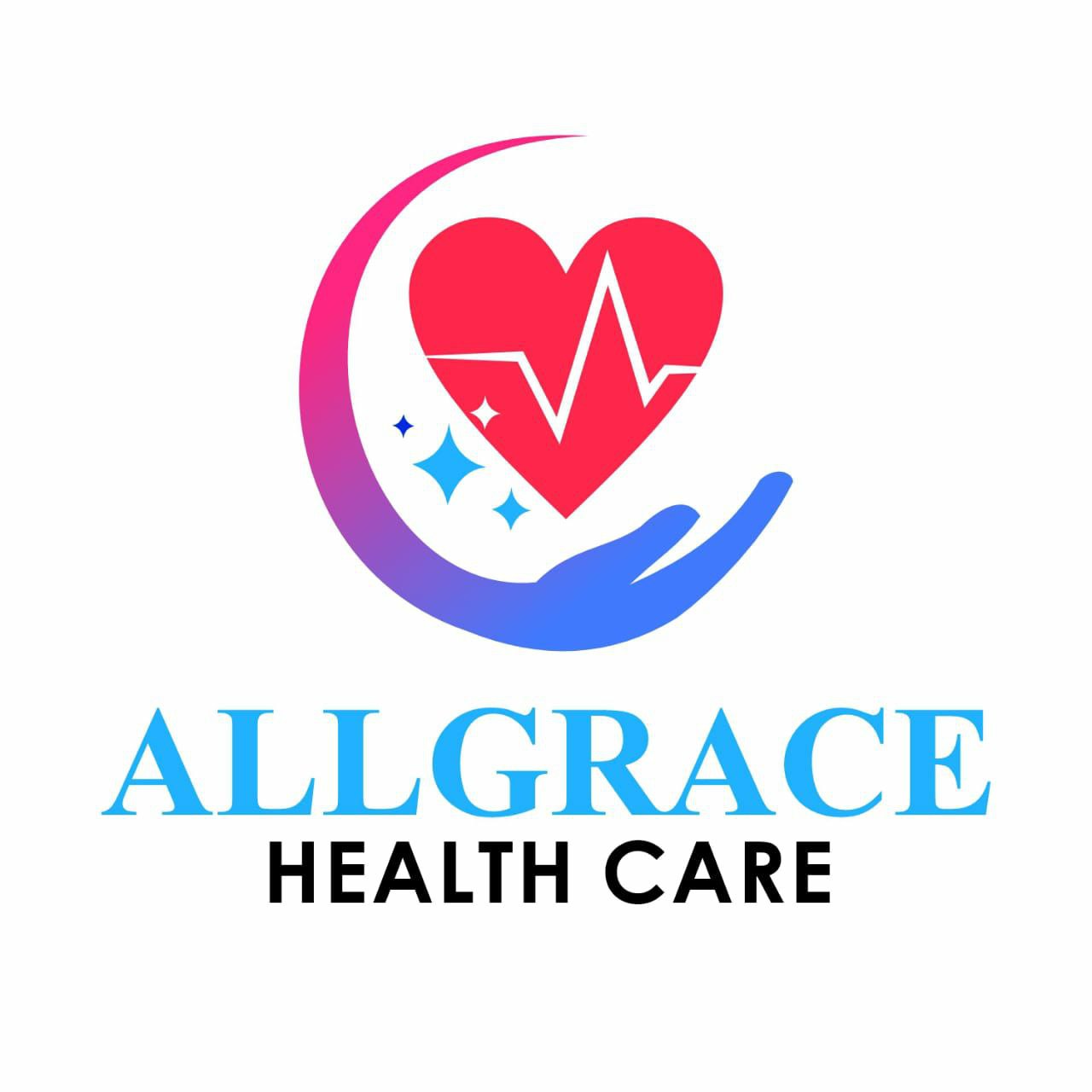
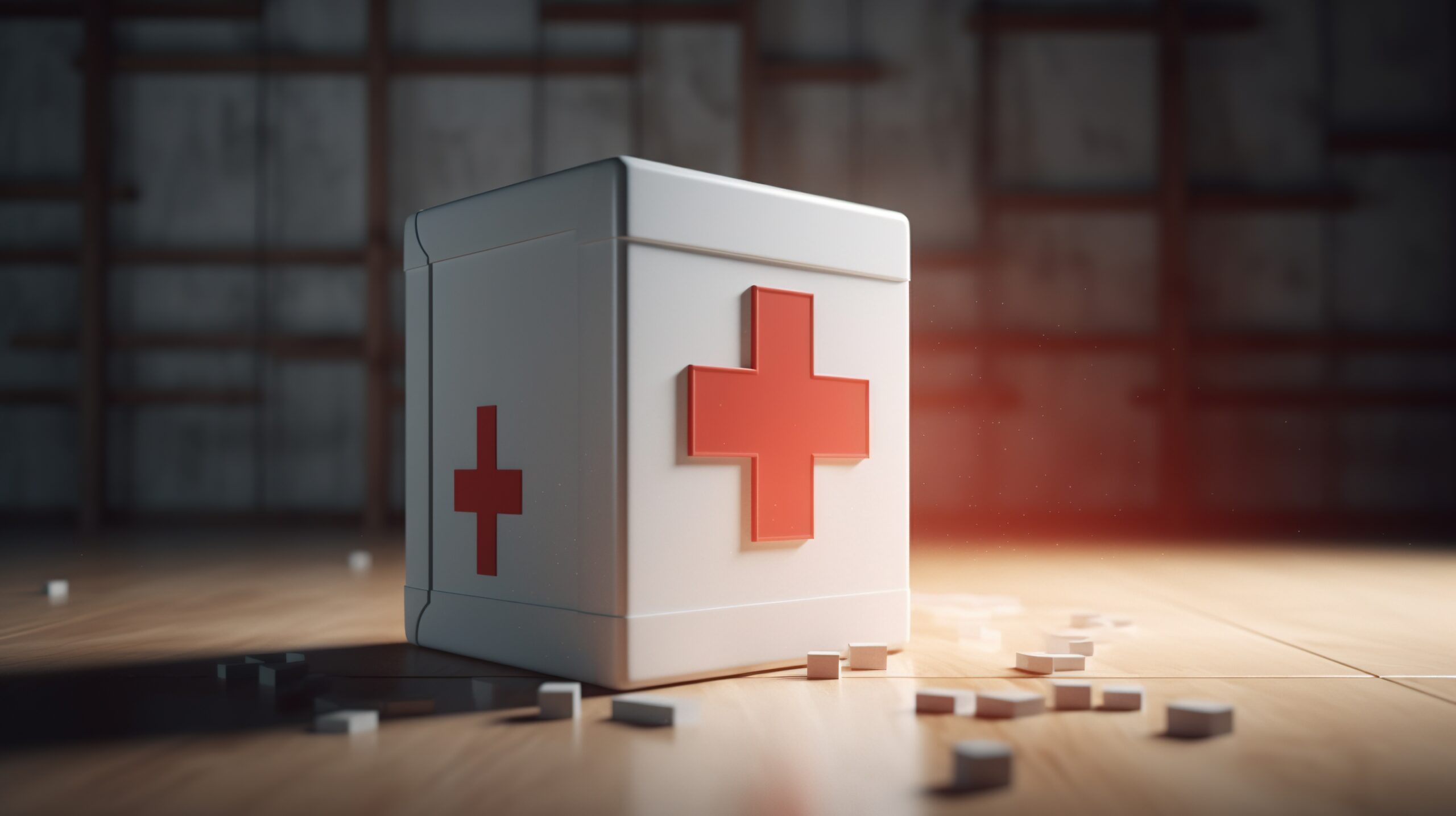
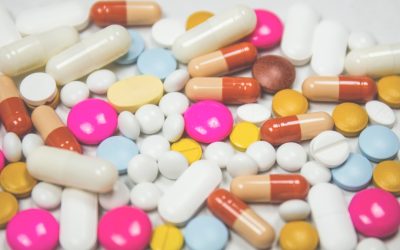
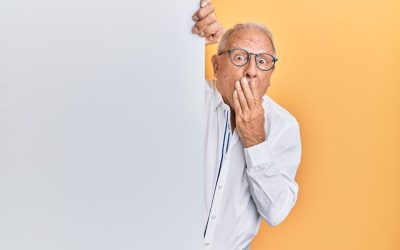


0 Comments